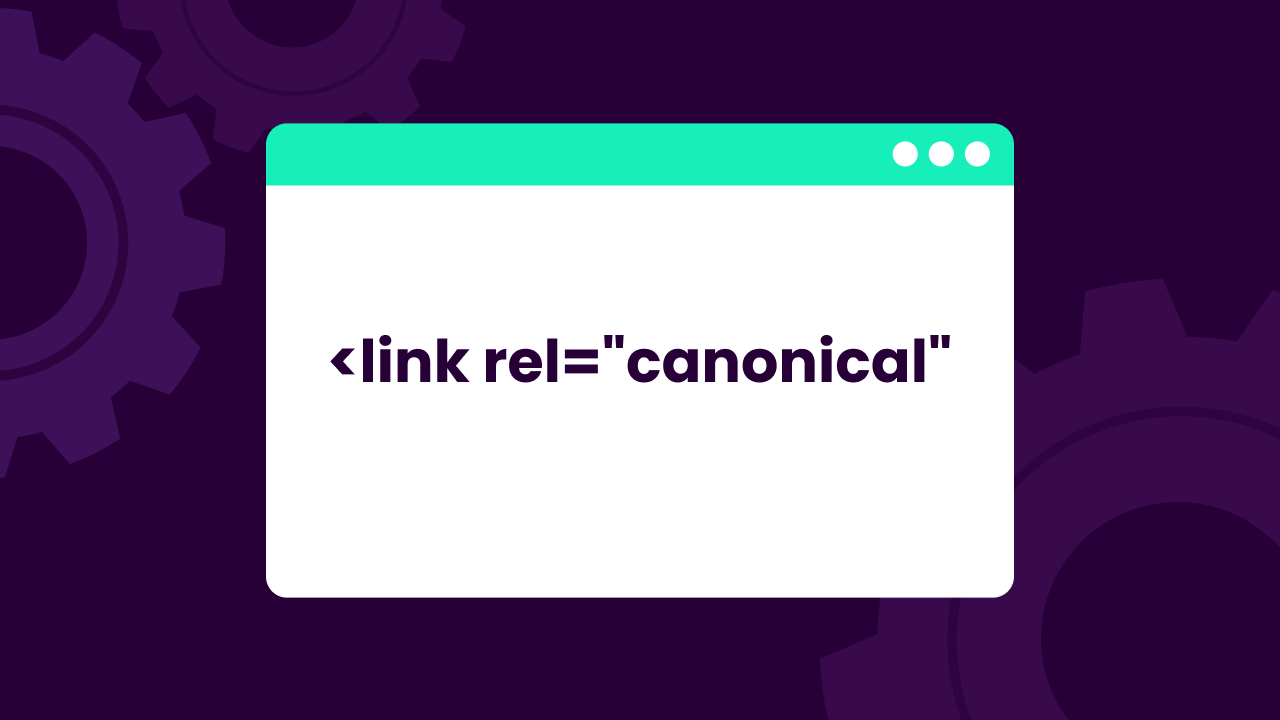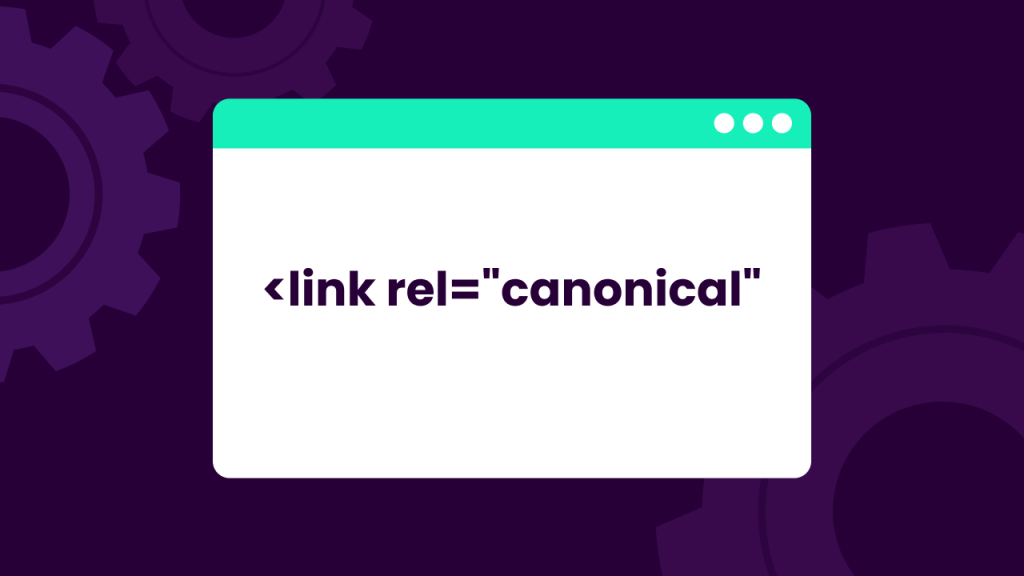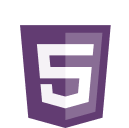It’s no secret that for a business to be successful online, they need a strong digital marketing strategy. And one of the most important components of any digital marketing plan is search engine optimization (SEO).
But what is SEO? How do companies go about optimizing their website for Google’s algorithm? In this blog post, I will answer all of your questions and provide you with some tips on how to get started!
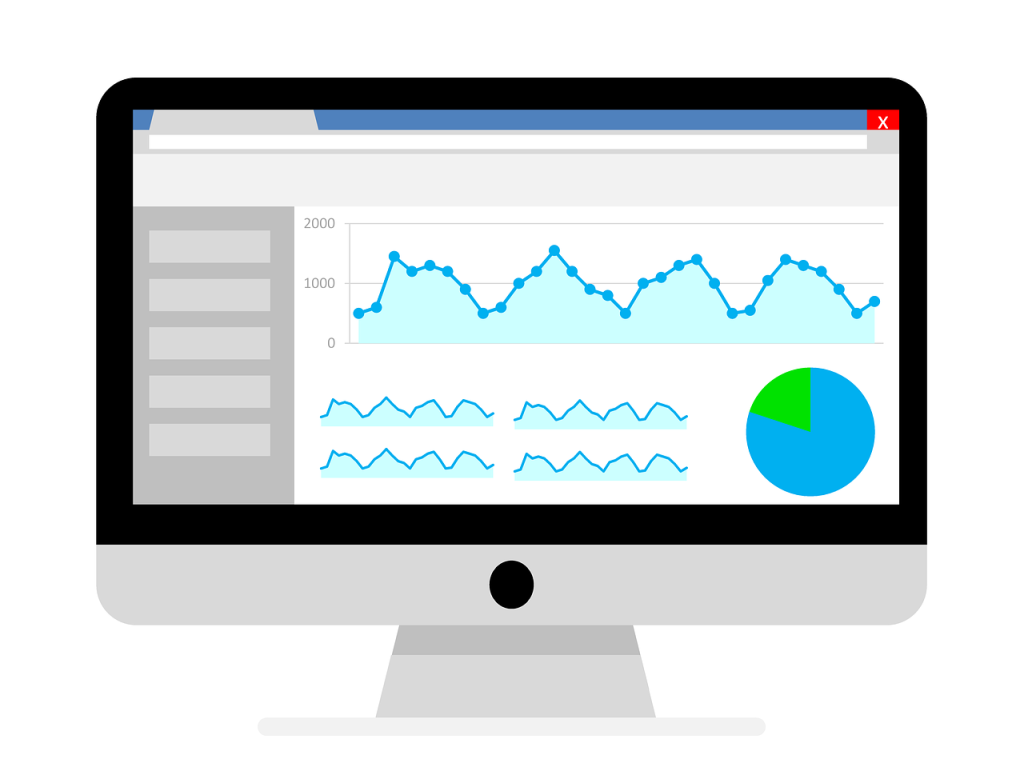
What Is SEO?
SEO stands for Search Engine Optimization and is the process of improving your website so that it will rank higher in search engine results pages (SERPs).
In order to improve your website rankings, you need to run some tech and content optimization that have as the main goal to improve user experience and usability.
What Are Search Engines?
Search engines are websites like Google, Yahoo, and Bing that index web pages and make them searchable to internet users.
When you type a keyword into a search engine, the search engine scans its indexed pages to find relevant results. The search engine will then rank these results in order of relevance, with the most relevant result appearing first.
How Do Search Engines Work?
Search engine works by sending out what are called web crawlers, or spiders. These spiders crawl the internet, following links from one webpage to another.
As the spider crawls, it collects information about each page it visits and adds this data to the search engine’s index. The search engine can then use this index to provide relevant results when a user types in a search query.
Ranking Factors
Ranking factors are the signals that search engines use to determine where a website should rank in the search engine results pages.
There are over 200 ranking factors, but some of the most important ones include things like keyword density, page speed, backlinks, and mobile-friendliness.
SEO is a complex and ever-changing field, but by understanding the ranking factors and how they work, you can start to optimize your website for better search engine rankings.
We can divide these ranking factors in two main sub areas:
On-page optimization refers to the content and structure of your website, while off-page optimization looks at factors like link popularity and social media engagement.
- On-Page
- Content;
- Title tag & meta description;
- Heading tag;
- Images;
- URLs;
- Rich snippets
- Off Page
- Number of backlinks;
- Diversity of backlinks;
- Context of backlinks;
- Brand mentions.
Black Hat vs. White Hat SEO
Google’s algorithm is continusly improving search experience for users.
This means Google is not only worried about showing off the best results, but also about the content quality itself, flagging dubious low content quality practices, known as Black Hat SEO.
Black hat SEO is a practice that goes against the guidelines of search engines, while white hat SEO follows the rules and regulations set by search engines.
Some black hat techniques include things like keyword stuffing, doorway pages, and link farms. These practices may get you short-term results, but they will ultimately hurt your website in the long run.
Google’s algorithm is constantly improving, which means that black hat techniques are becoming less and less effective. If you’re using black hat SEO techniques, I recommend switching to white hat techniques as soon as possible.
White hat SEO is a more sustainable and long-term approach, and will help you build a stronger online presence. Some white hat techniques include things like creating high-quality content, optimizing your website for user experience, and building natural backlinks.
How to start an SEO strategy?
Now that we’ve gone over some of the basics of SEO, let’s take a look at how you can start an seo strategy.
Define a buyer persona
Creating a buyer persona is one of the first steps you should take when starting an seo strategy. A buyer persona is a semi-fictional representation of your ideal customer, based on market research and real data about your existing customers.
When creating a buyer persona, you should include information about their demographics, behaviors, motivations, and goals. This will help you create targeted content that appeals to your ideal customer.
Once you’ve created a buyer persona, you can start to target them with your SEO strategy.
Start using SEO Tools
There are a number of SEO tools available that can help you with your SEO efforts.
Let’s start of with Google Analytics. Also known as “GA”, Google Analytics is a free tool that shows you how people find and use your website. You can use Google Analytics to track things like what keywords people are using to find your website, what pages they’re looking at, and how long they’re spending on your site.
Google Search Console is another free tool from Google that allows you to see how your website is performing in the search results. You can use Search Console to track things like your website’s click-through rate, average position in the search results, and any errors that Google has found on your site.
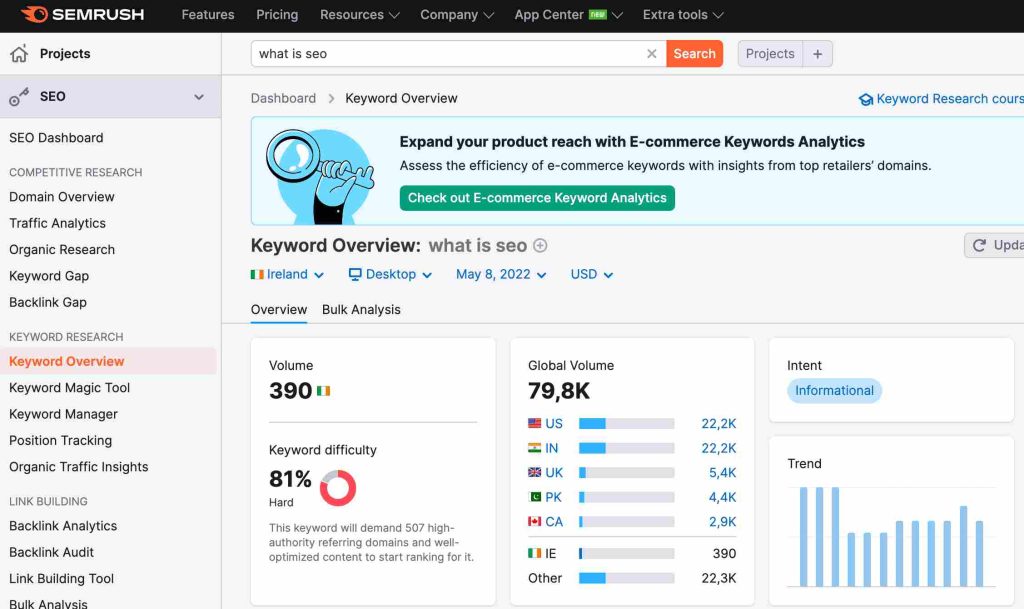
Do your Keyword Research
Keyword research is the process of finding and analyzing the keywords that users are typing into search engines.
You can use keyword research to determine which keywords you should be targeting on your website. There are a number of different keyword research tools that you can use, such as Google AdWords Keyword Planner and Moz Keyword Explorer.
Types of searches
When people are looking to buy something, they may use different types of searches to resolve their questions, also known as search intent.
The four main types of search intent are navigational, informational, commercial, and transactional.
Navigational
Navigational searches are used when people are looking for a specific website or brand. For example, if someone is looking for “Facebook”, they are probably trying to find the Facebook website.
Informational searches are used when people are looking for information about a topic. For example, if someone is searching for “how to make a cake”, they are likely looking for informational articles that will teach them how to make a cake.
Commercial
Commercial searches are used when people are looking to buy something. For example, if someone is searching for “best laptop for photography”, they are probably looking to buy a laptop that is good for photography.
Transactional
Transactional searches are used when people are ready to make a purchase. For example, if someone is searching for “buy iPhone online”, they are probably looking to buy an iPhone online.
If you’re not sure what search intent is, or if you want to learn more about it, check out this article from Moz.
Types of keywords
Now that we’ve gone over the different types of searches, let’s take a look at the different types of keywords that are used to find results on the web: head tails and long tails.
Head Tail Keywords
Head tail keywords are short, general keywords that usually consist of one or two words. For example, if someone is searching for “running shoes”, they are probably looking for a specific type of shoe that is meant for running. So they are very specific on what they are looking for.
Head tails are great keywords to start your strategy with because they usually have lower difficulties levels.
Long Tail Keywords
Long tail keywords are more specific, and usually consist of three or more words. For example, if someone is searching for “women ‘s black running shoes size ‘s”, they are probably looking for a specific type of shoe that is meant for running, and they have a specific size and color in mind.
Head tail keywords are more likely to be used by people who are just starting their research on a topic, while long tail keywords are more likely to be used by people who are further along in their research and are looking for a specific product or solution.
Both head tail and long tail keywords are important, and you should aim to use both in your SEO strategy.
What is On-Page SEO?
On-Page SEO consistis of optimizing elements such as your title tags, meta descriptions, and header tags. It also includes optimizing your website’s content, such as adding keyword-rich titles and descriptions.
Let’s dive into the main elements you should consider for on-page SEO.
User Intent
As I mentioned before, user intent is what a person is looking for when they perform a search on the internet.
There are four main types of user intent: navigational, informational, commercial, and transactional.
Therefore, before deciding on targeting a specific keyword for a blog post, for example, make sure if that is a keyword people are looking informational content about or if you should target it in a product page, as the user intent behind it is transactional.
Content Lenght
The length of your content also plays a role in on-page SEO.
In general, longer pieces of content tend to rank higher than shorter ones. This is because Google sees longer content as being more informative and helpful than shorter pieces.
That being said, you should never sacrifice quality for quantity. A 2000-word article that is full of fluff and filler content is not going to be as helpful as a 500-word article that is well researched and informative.
Volume of posts
It’s important to maintain a regular posting schedule on your blog or website if you want to rank higher in the search engines.
This is because Google sees websites that are regularly updated with new content as being more relevant and helpful than those that are not.
Scanability
When creating content, it’s important to make sure it is easy to read and scan. This means using short paragraphs, subheadings, and bullet points.
People on the internet tend to have short attention spans, so if your content is difficult to read, they are likely to click away from it.
By making your content more scannable, you are more likely to hold people’s attention and keep them on your website longer.
Keyword Use and Semantics
When it comes to on-page SEO, the use of keywords is important. You want to include your target keyword in your title, meta description, header tags, and throughout your content.
What is Off-Page SEO?
Off-page SEO include elements like link building, social media engagement, and creating informative content.
The goal of off-page SEO is to improve your website’s visibility and authority so that it can rank higher in the search engine results pages (SERPs).
How does technical SEO work?
Technical SEO is the process of optimizing elements such as your website’s code, structure, and on-page elements.
The goal of technical SEO is to make your website more visible and easy to find by the search engines so that you can rank higher in the SERPs.
Sitemap
A sitemap is a file that contains a list of all the pages on your website. It is used by the search engines to crawl and index your website.
Creating a sitemap can help the search engines find and index all the pages on your website, which can improve your SEO.
Robots.txt
Robots.txt is a file that tells the search engines which pages on your website they should and should not crawl.
If you have pages on your website that you do not want the search engines to index, you can add them to your robots.txt file so that they will be excluded from the search engine results.
User Experience
User experience (UX) is how easy and enjoyable it is to use your website.
Creating a good UX can help improve your SEO because it makes it more likely that people will stay on your website longer and visit more pages.
Bad UX, on the other hand, can hurt your SEO as it will make people leave your website quickly, which will increase your bounce rate.

Page Speed
Page speed is how fast your website loads.
Google has stated that page speed is a ranking factor, so it’s important to make sure your website loads quickly.
You can improve your page speed by optimizing your images, using a caching plugin, and minifying your code.
Responsiveness
Responsive design is how well your website looks and works on mobile devices.
Google now ranks responsive websites higher than non-responsive websites in the search engine results pages (SERPs).
This is because responsive websites provide a better user experience on mobile devices, which is what Google wants.
To make your website responsive, you can use a responsive WordPress theme or a plugin like WPtouch.
SSL Certificate
An SSL certificate is a type of security that helps protect your website from hackers.
When you have an SSL certificate, your website’s URL will start with “HTTPS” instead of “HTTP.”
AMPs
Accelerated Mobile Pages (AMP) is a type of code that helps make your website load faster on mobile devices.
Google has stated that they prefer websites that use AMP, so it’s a good idea to add AMP to your website if you want to improve your SEO.
You can add AMP to your WordPress website by using a plugin like AMP for WordPress.
SEO Audits
An SEO audit is a process of checking your website to see how well it is optimized for the search engines.
Audits can help you find and fix on-page and technical SEO issues that are hurting your website’s ranking.
To do an audit, you can use a tool like Screaming Frog or DeepCrawl.
What Is Local SEO?
Local SEO is the process of optimizing your website for local search.
If you have a business that serves a specific geographic area, then you need to make sure your website is optimized for local search.
Some ways to do this include creating location pages, adding your business to Google My Business, and using local keywords on your website.
Google My Business
Google My Business is a free listing that you can create for your business.
It helps you show up in the local search results, which can improve your SEO.
Local Keywords
Local keywords are keywords that include your city or region.
Local Ranking Factors
Google uses three key ranking factors for local search:
relevance, proximity, and prominence.
-Relevance
-Distance
-Prominence
These are the factors that you need to focus on if you want to improve your Local SEO.
Conclusion
SEO is important if you want your website to rank well in the search engines.
There are many ranking factors that you need to consider, but some of the most important ones include robots.txt, user experience, page speed, responsiveness, SSL certificate, AMPs, SEO audits, and local SEO.
If you want to learn what is seo, continue following our content here at Rankrup.



